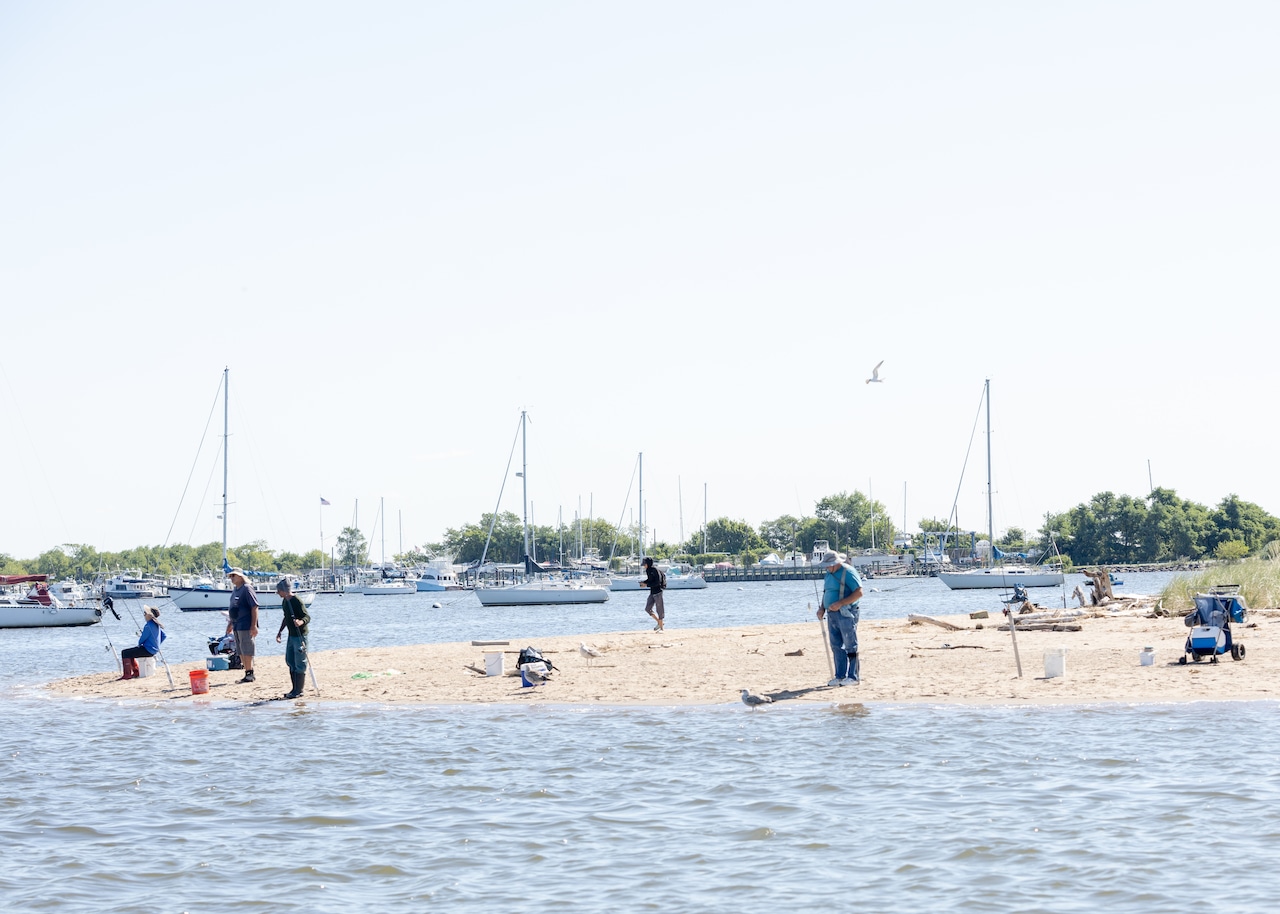Copyright Staten Island Advance

STATEN ISLAND, N.Y. -- New York has approved various permits for the controversial Northeast Supply Enhancement pipeline that had been denied three times in the past. On Friday, the state Department of Environmental Conservation issued a Water Quality Certification, Excavation & Fill Permit and State Pollutant Discharge Elimination System permit for the NESE pipeline, which would include a 17.4-mile underwater segment through the Raritan and Lower New York bays, passing Staten Island’s shores. “As Governor, a top priority is making sure the lights and heat stay on for all New Yorkers as we face potential energy shortages downstate as soon as next summer. We need to govern in reality,” Gov. Kathy Hochul said in a statement. “We are facing war against clean energy from Washington Republicans, including our New York delegation, which is why we have adopted an all-of-the-above approach that includes a continued commitment to renewables and nuclear power to ensure grid reliability and affordability,” the governor added. Hochul had been facing pressure from President Donald Trump to approve the pipeline, with environmental groups now criticizing the governor for acquiescing to the president’s demands. “This decision is a betrayal of New Yorkers,” said Laura Shindell, New York State director at Food & Water Watch. “In granting the certification for this pipeline, Governor Hochul has not only sided with Trump, she’s fast-tracked his agenda. Hochul has shown New Yorkers she’d prefer to do Trump’s dirty work rather than protect our waterways from pollution. She hasn’t kept her promises to fight against skyrocketing energy bills or the climate crisis. But New Yorkers will fight Hochul’s dirty pipeline every step of the way — alongside our communities — until it is stopped for good.” The controversial project, which has been fervently opposed by the borough’s elected officials and environmental groups, failed in 2018, 2019 and 2020 to achieve the Clean Water Act’s Section 401 Water Quality Certification. Those opposed to the project, which would lead to rate hikes for Staten Islanders and potentially pollute the waters off the borough’s shores, have rallied around a similar message: Nothing about the project has changed, and that it should fail approval again. In its 2020 failure to pass the standards needed to obtain the certification, the state Department of Environmental Conservation wrote the following: “DEC has determined construction of the NESE pipeline project would not meet New York State’s rigorous water quality standards. Construction of the proposed project would result in significant water quality impacts resulting from the re-suspension of sediments and other contaminants, including mercury and copper, and would disturb sensitive habitats, including shellfish beds and other bottom-dwelling marine life, clearly demonstrating that a default mixing zone is not appropriate for this project. New York is not prepared to sacrifice the state’s water quality for a project that is not only environmentally harmful, but also unnecessary to meet New York’s energy needs.” The Clean Water Act is the basis for federal water regulations, including “the basic structure for regulating discharges of pollutants into the waters of the United States and regulating quality standards for surface waters,” according to the EPA. From an environmental perspective, the concern is that the pipe would have to be embedded underneath the settled seabed, stirring up decades worth of contaminated sand and other materials that have since laid dormant. “The proposed project would disrupt 35 miles of sensitive seabed, unleashing toxic legacy pollution into our sensitive waterways, risking permanent contamination and jeopardizing a $28 billion tourism and recreational economy that supports more than 450,000 jobs in New York and New Jersey,” Ellen Weininger, director of outreach at Grassroots Environmental Education, previously told the Advance/SILive.com. The project would also bring some financial burdens for families across Staten Island. The pipeline will increase National Grid bills by 3.5% for New Yorkers in the five boroughs and Long Island, despite the fact that the gas won’t be delivered to Staten Island, Manhattan, the Bronx, and parts of Long Island. Instead, it will be used by homes in Brooklyn, Queens, and Nassau County. Despite claims that the pipeline will reduce costs once it is completed, Tyson Slocum, the energy program director of the non-profit, non-partisan advocacy organization Public Citizen, is not convinced. Public Citizen filed a protest against the NESE pipeline in the Federal Energy Commission’s docket in late June. “There is nothing conclusive that demonstrates that these things are going to lower energy prices. Energy bills are going up all over the place, regardless of how much pipeline capacity, because data centers and LNG [liquified natural gas] exports are all at record highs,” Slocum said in July. Despite Friday’s permit approvals, the pipeline is not a done deal, with New Jersey regulators still needing to issue similar approvals and New York’s decisions potentially being challenged in court.



